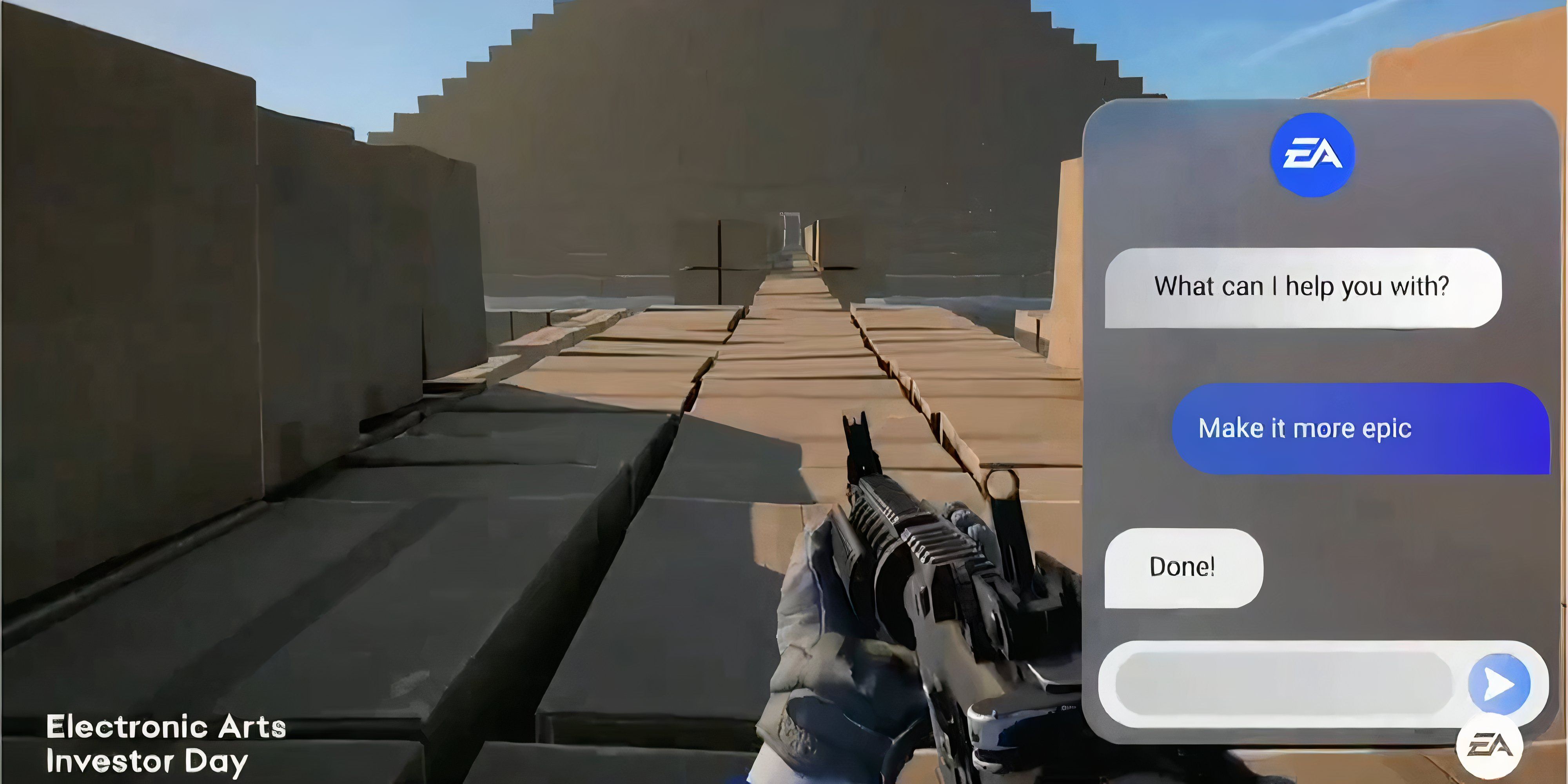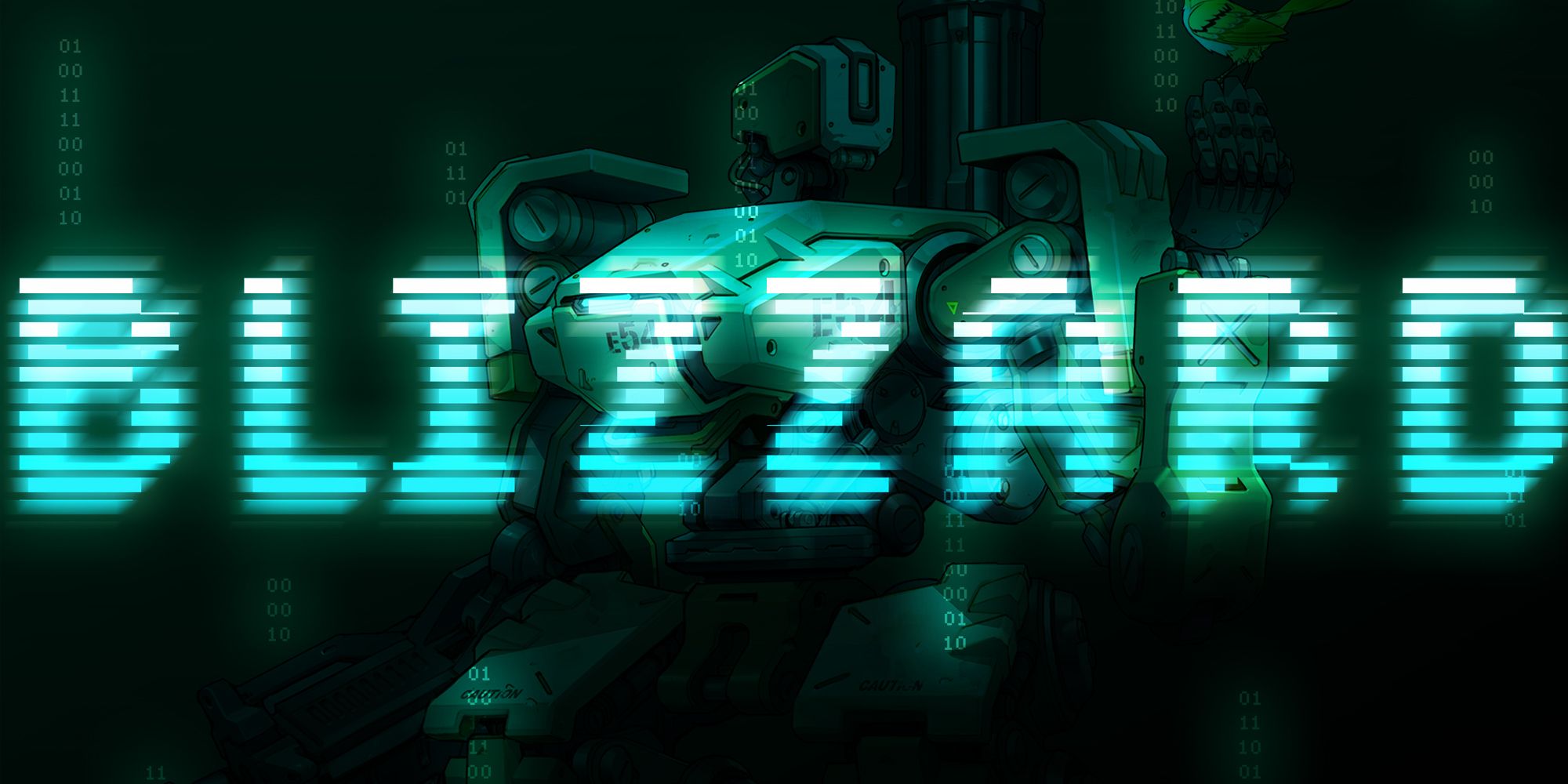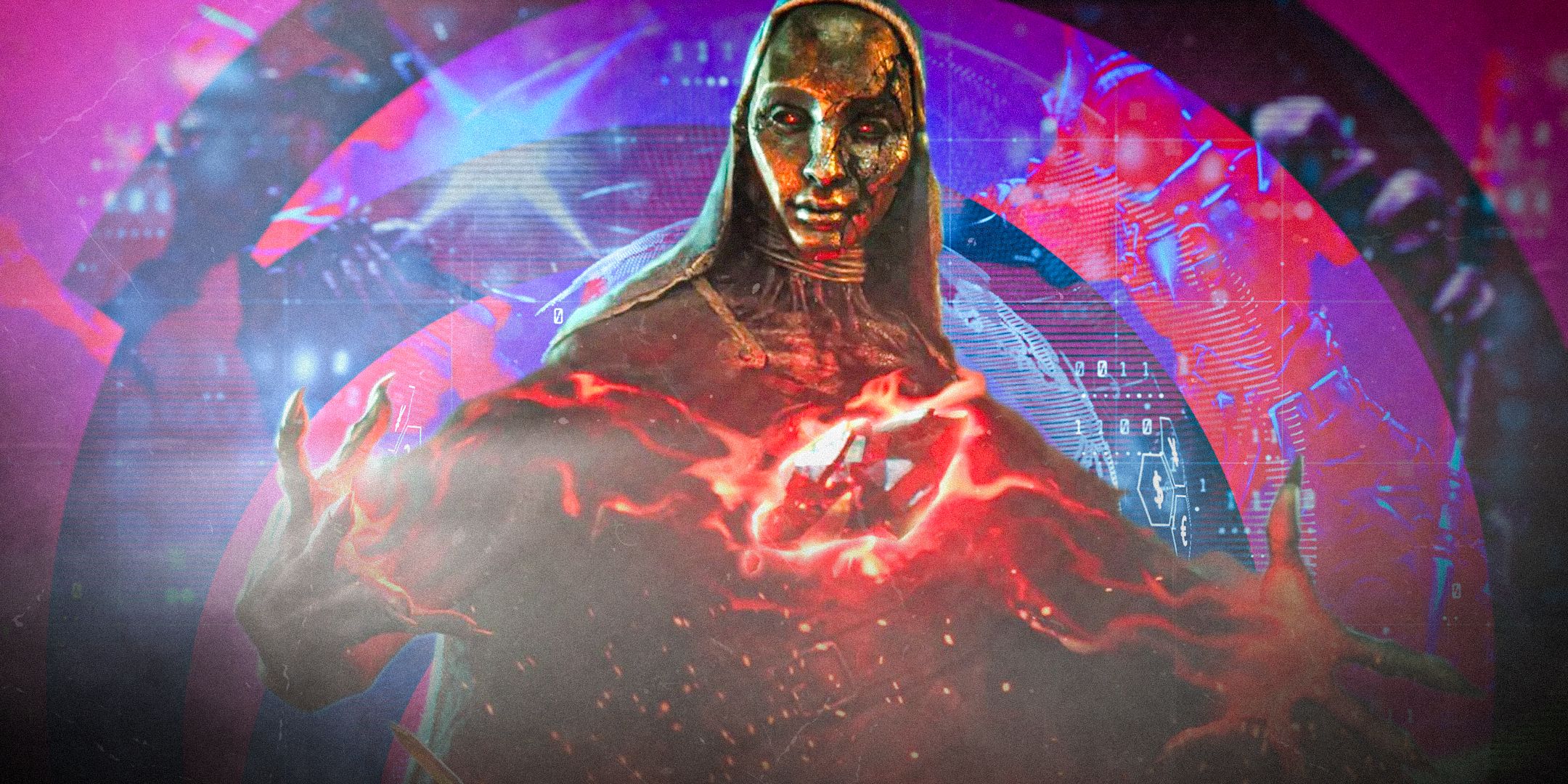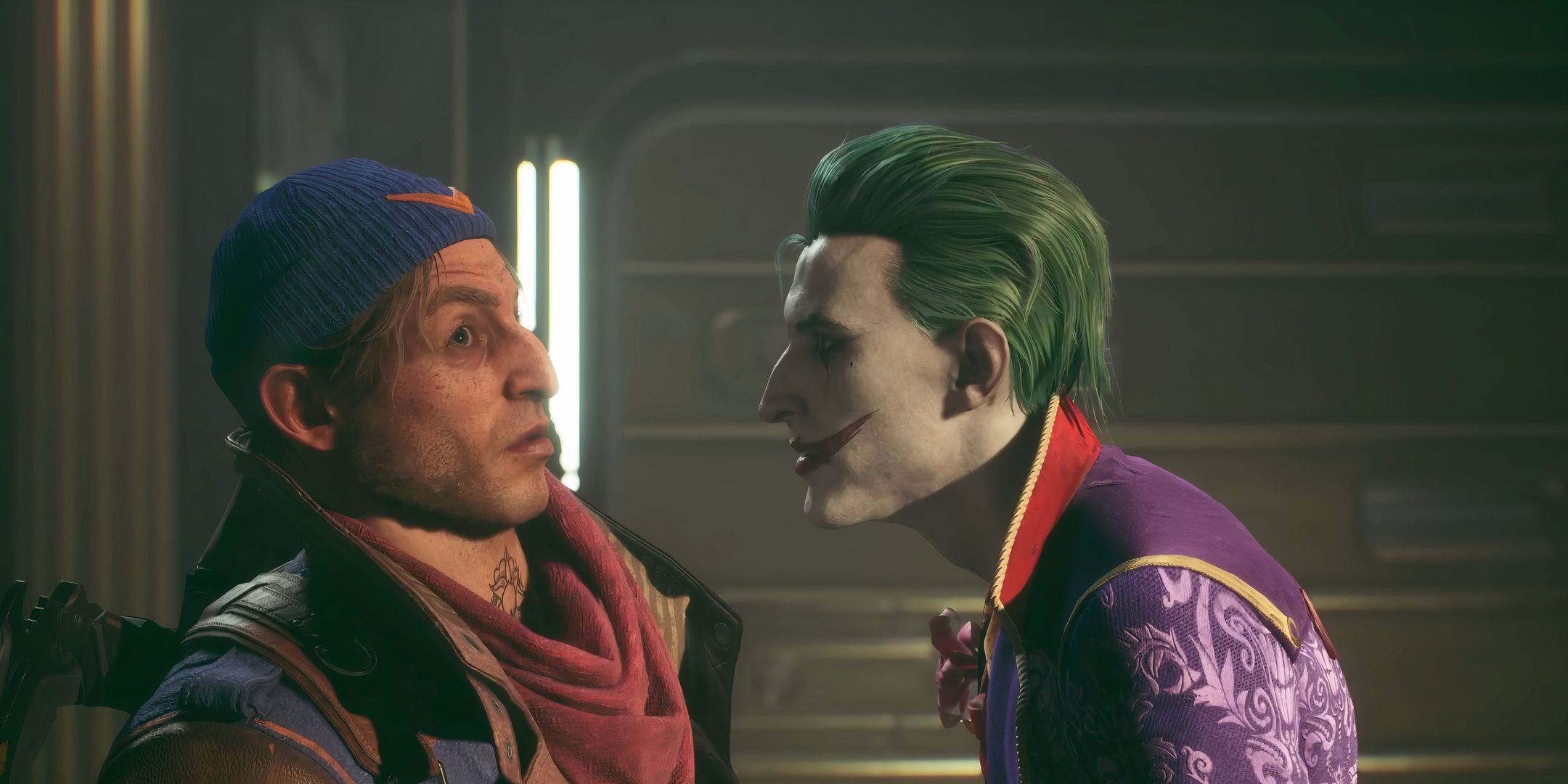Champions Tactics: Grimoria Chronicles is finally out! What’s that you ask? You’ve never heard of Champions Tactics: Grimoria Chronicles? That’s weird, it’s a big, new release from Ubisoft, one of the biggest publishers in the world. Surely they could scrounge up a marketing budget! Why would they send it out to die like th — Oh, it’s an NFT game, never mind.
The first trailer I can find for the game is from September of last year. It doesn’t explicitly mention its NFT ties, but the ending splash screen features the logo for Oasys, a company that advertises itself as “The Ultimate Gaming Blockchain.”

Related
EA’s “Epic” AI Creation Tool Is Nobody’s Future
Imagination to Creation makes a shooter out of cardboard boxes, but probably can’t make much else.
You’d be forgiven for having never heard of it, though: despite being the announcement of a new Ubisoft game, the trailer has less than 30,000 views at time of writing. Compare that to the reveal trailers for Prince of Persia: The Lost Crown (1.4 million), Star Wars Outlaws (3.2 million), or even Just Dance VR: Welcome to Dancity (102K), and it’s clear that Champions Tactics was not getting Ubisoft’s full marketing blitz. Almost like it wanted it to go under the radar.
NFTs Return In Ubisoft’s Champions Tactics
Now that it’s out, it’s clear why. The game is a full-on Blockchain release — complete with an in-game figure that sells for nearly $64,000 — at a time when tech bros have fully moved on from tokens, however fungible, in favor of generative AI. Whether AI ends up being a flash in the pan remains to be seen, but we can definitively say that NFTs are dead.
As a result, Champions Tactics is dead, too. The game could be great otherwise — though no one will ever play it so it’s hard to measure its merits as a multiplayer game — but being tied up in a wave that crashed years ago has doomed it from go. Though this is an extreme case, it’s just the latest example of trend chasing dooming a game to failure in an era when games take years longer to make than most trends are likely to last.
This year has been full of failures just like it. Suicide Squad: Kill the Justice League arrived in January and instantly fell off a cliff. Though the live-service game was designed to have a long tail, its peak over the last month was just 414 concurrent players. Concord was a similar case. The first-party PlayStation hero shooter exited its beta period to just 697 concurrent players at its peak — at least on Steam. It may have had more on PS5, but that information isn’t publicly available. Sony promptly deleted it from existence and, this week, shut down developer Firewalk Studios.
Both of these games had clearly failed out of the gate. Not because games haven’t recovered from rocky launches in the past. Recent gaming history is full of examples, like No Man’s Sky, Final Fantasy 14, Star Wars: Battlefront 2, and Fallout 76, that were hated upon release but, thanks to a dedicated developer and/or supportive publisher, managed to thoroughly turn things around. Maybe Sony could see the writing on the wall before Concord launched, could see that the beta wasn’t doing big numbers, could see that in the current market only one or two live-service games could break out in a given year.
Trend Chasing Doesn’t Work When The Trend Has A Five-Year Head Start
Whatever the case, Champions Tactics, Suicide Squad, and Concord are all the sad end results of ill-advised attempts at chasing trends in the modern era. Rushing a game to reach a release date has always been a bad idea. Attempting to hit shelves in time for Christmas 1982 was the reason the NES E.T. game, which started development in July of that year, was so notoriously bad. And that game’s failure helped crash the games industry. But lengthening development cycles have made this even worse. How are you going to know what will be popular three, four, or even five years from now? What are the chances it will be the same thing that’s popular now?
Pretty slim. Some genres have endured and maintained popularity. First-person shooters and platformers have never ceased to have an audience — though in both cases, the games, and the audience, have evolved with time. But the live-service space quickly reached a point of oversaturation, and NFTs were wildly controversial from the beginning, before flaming out spectacularly in the end. It’s tough to know which trends have legs and which will be gone by the end of the year. Which is why developers should be given the freedom to make what fits their interests and strengths, not shoehorned into whatever genre currently seems like a smart bet to executives.

Next
Blizzard’s New AI Art Tool Is A Death Knell For Creativity
Blizzard will be using AI to generate concept art for future games. That sucks.












Leave a Reply